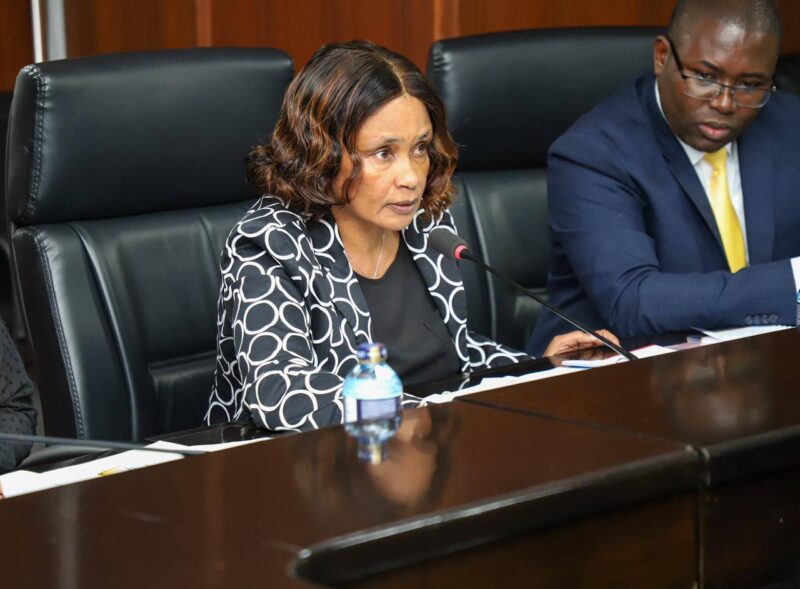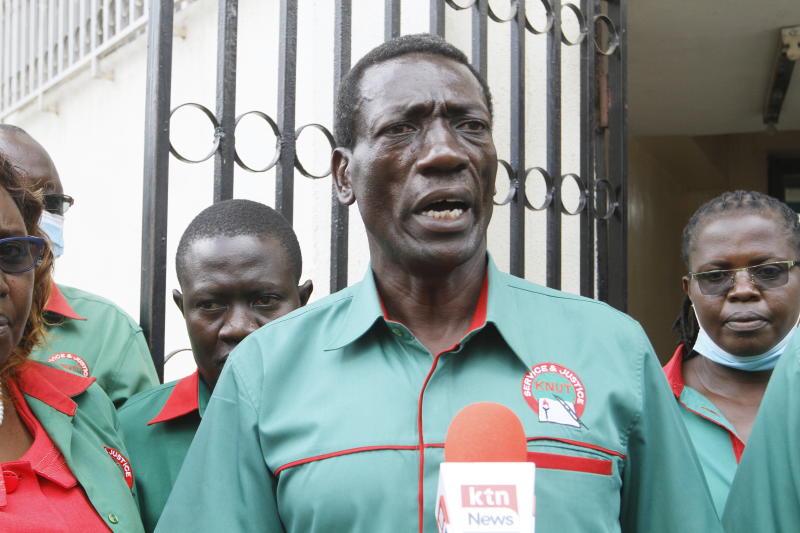When the Employment and Labour Relations Court (ELRC) struck down key disciplinary provisions of the Kenya Union of Post-Primary Education Teachers (KUPPET), it did so on clear legal grounds. This article dissects those grounds and explains the legal template for trade unions.
Grounds of the Court’s decision
- Violation of the Labour Relations Act (LRA) – The union’s constitution gave its National Executive Board sweeping disciplinary powers without guaranteeing procedural fairness or aligning with legislative safeguards for union members.
- Breach of the Constitution of Kenya – The right to fair labour practices (Article 41) and fair administrative action (Article 47) were implicated when union members faced suspension/expulsion without due process.
- Unconstitutionality, illegality and nullity – The court described the clause as “unconstitutional, illegal, null and void,” meaning it had no legal effect.
Key legal principles for unions
- Trade unions must operate within the framework of the LRA and free-association rights.
- Union constitutions must guarantee members’ rights: fair hearing, clarity of rules, proper procedure.
- Amendments to constitutions must follow prescribed law and internal rules; failing that, they risk being invalidated.
- Disciplinary processes cannot rely on vague or overly broad clauses; they must be transparent and lawful.
What unions should now audit
For KUPPET and others:
- Review constitutional provisions on suspension/expulsion for clarity, fairness and compliance.
- Ensure election rules, nomination fees, age/term limits are aligned with law and not exclusionary.
- Train branch and national officials in due-process norms.
- Establish transparent dispute resolution mechanisms to avoid litigation.
Implications for members and branch officials
Members now have a stronger basis to challenge disciplinary action that skips due process. Branch officials may feel more empowered to demand accountability from the national leadership. The ruling reinforces that union membership rights extend into how the union governs itself.
Take-away: The legal bases for the ruling serve as a blueprint: internal union rules must respect labour law and constitutional rights, otherwise they are vulnerable to being struck down.




